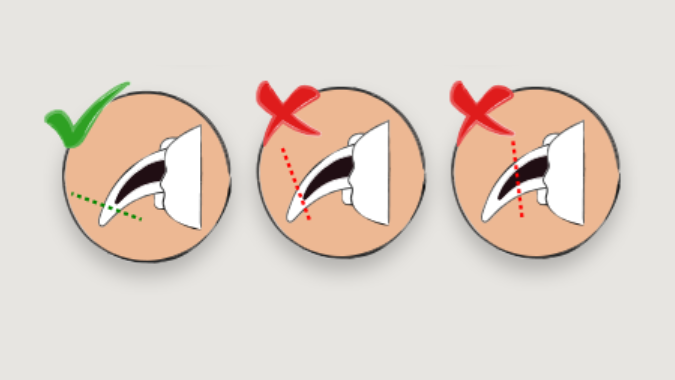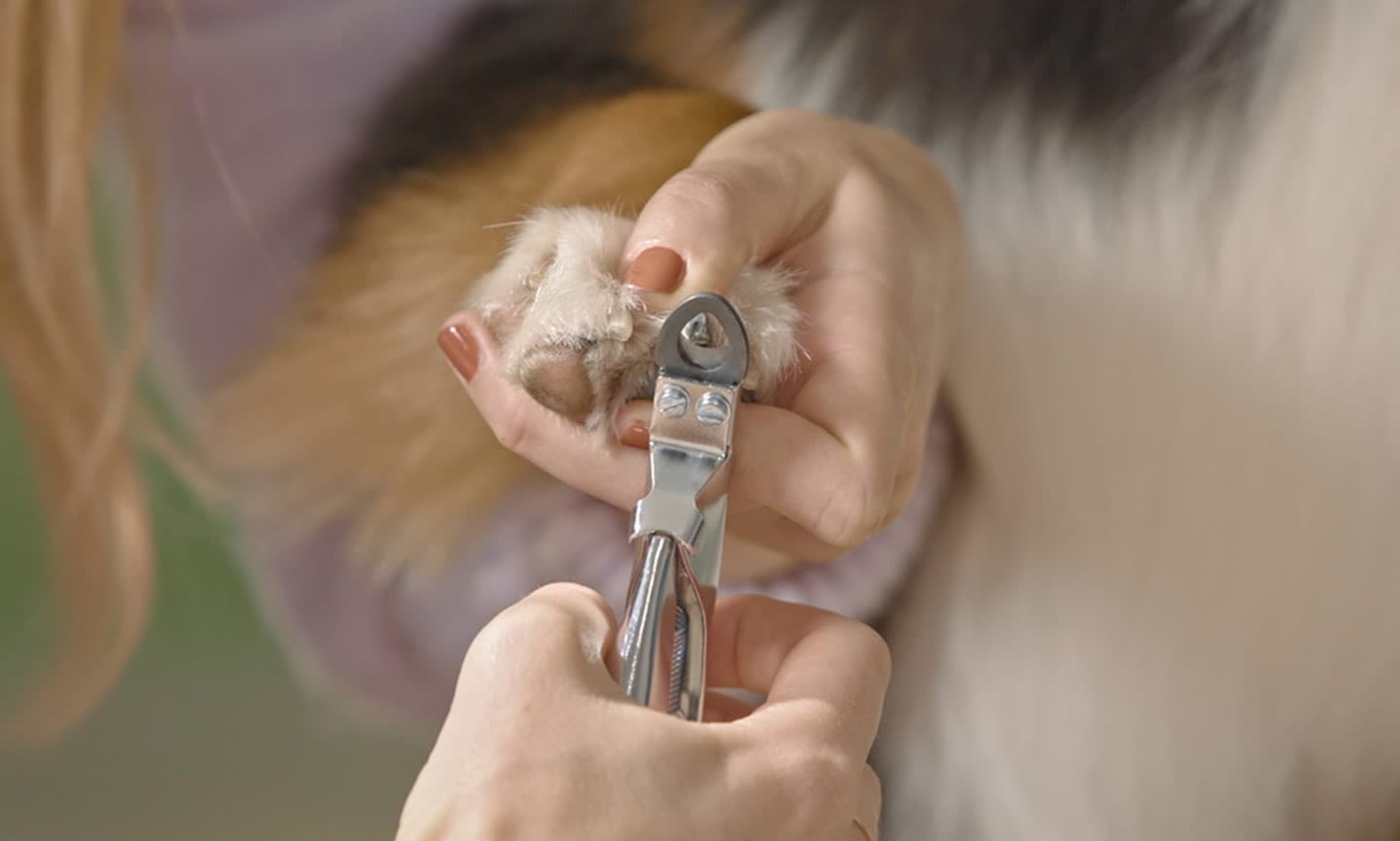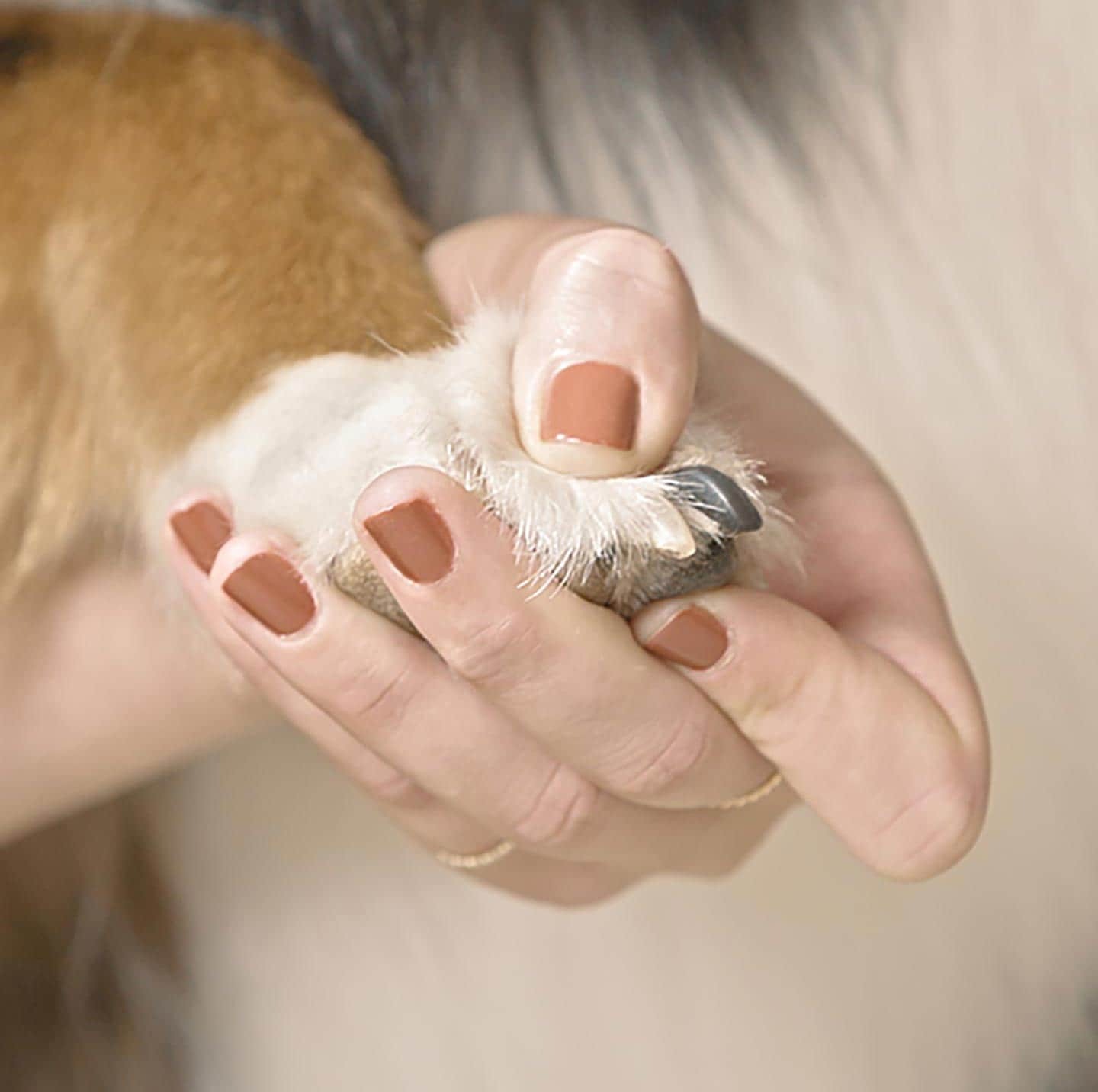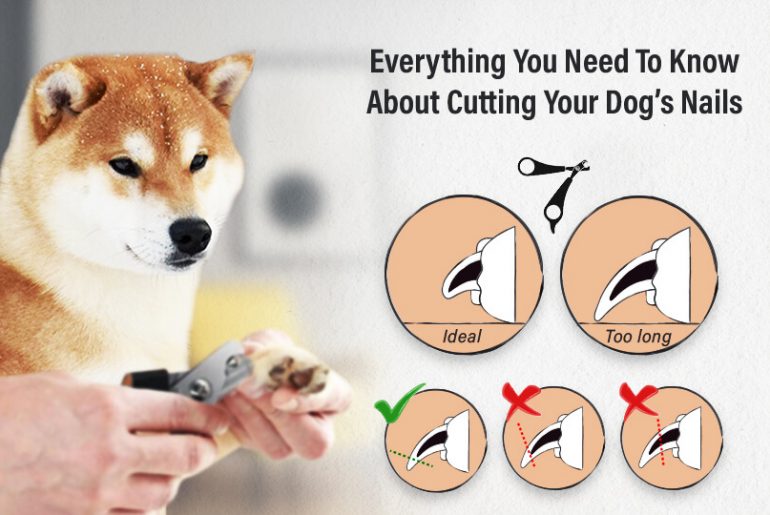Nails are an essential part of a dog’s vitality and well-being. However, if left untrimmed for too long, they can become problematic. Dogs that are hyperactive and run on different surfaces do not typically require frequent nail trimmings, as their nails are naturally worn down. On the other hand, urban dogs that don’t get enough exercise may require more frequent trimmings.
Long nails in dogs can cause numerous issues, such as tearing, splitting, and chipping, which can be extremely painful for the dog.
Many pet parent avoid this necessary task due to fear of hurting their pet or causing a dramatic scene. This blog serves as a comprehensive guide on how to properly trim a dog’s nails without causing any stress or discomfort to both you and your pet.
By following these tips, you can make the task simple and straightforward.
Why Cutting Dog Nails is Important?
Overgrown nails can lead to several negative impacts on a dog’s well-being.
Below are some of the problems that may arise:
- Pain while walking, lameness, or injury
- Nails can get stuck in carpets, blankets, and collars, causing tripping
- Issue with spine and posture in the long run
- Decreased mobility and joint problems
- Chronic overgrown nails can lead to arthritis
[Also Read] Arthritis in Dogs: A Guide for Pet Parents
When to Cut Dog Nails?
The ideal time to cut a dog’s nails is once a month, but it varies based on different dog breeds and conditions. For example, dogs that run a lot need less nail trimming, while dogs that live indoors more and spend time on grass may need it every couple of weeks.
To determine if your dog’s nails are overgrown, observe their legs when they are standing close to you. If their nails are touching the ground, it means they are too long. You can also tell if they are too long if you hear a clicking sound when they walk.

Preparing for the Nail Cutting Session
The first and foremost step is to have all the essential tools ready, so you don’t have to search for them during the process.
Here is the list of items that you will need:
- Nail clippers or grinders
- Treats
- Another person to help
- Styptic powder (flour or cornstarch)
Types of Nail Cutting Tools
There are several types of nail clippers for dogs that you can choose from based on your dog’s size and behavior. For nervous dogs, more precision is needed, so blades that are safest for them are recommended.
1. Scissor Clippers
These work like regular scissor clippers and rely on the force of your hand. They can quickly remove excess nails, but you need to be more cautious while cutting.
Suitable for: larger dogs with thicker claws
2. Guillotine Clippers
These clippers have a hole that is pressed down to snip off the end of the claw. They are less likely to break or splinter the claw when cutting.
Suitable for: small to medium-sized dogs
3. Grinder Trimmers
These trimmers have no blade or cutter, but instead have a rotating cylinder covered in sandpaper. They can be used for any dog size and any type of nail, but it takes longer to trim nails with a grinder compared to blade cutters.
Suitable for: all kinds of dogs, any nail thickness.
These are the basic three types of nail tools available for your dog. They come in different sizes and blades, and different vibration levels, so you can choose one that best suits your dog’s claws.
[Also Read] Easy Guide – To Make Your Own Pet First Aid Kit
What is the Right Way to Cut Dog Nails?
It is important to be cautious when cutting your dog’s nails, as cutting in the wrong direction or cutting too much can cause them pain and even bleeding. Always aim to cut the outer and lighter part of the nail and avoid the inner and pinker area. For lighter-colored nails, it is easier to see where to cut. However, for dogs with darker-colored nails, it may require careful observation to determine where to make the cut.
Here are three important things to keep in mind when cutting your dog’s nails:
- Do not cut beyond the bloodline
- The nails on the forearms tend to grow faster
- The nails should always be cut at an angle of 45° parallel to the ground, rather than straight.

By following these tips, you can ensure that your dog’s nail-cutting experience is safe and pain-free.
How To Cut Dog Nails?
When cutting your dog’s nails, it is important to choose the paws you want to trim and hold the paw gently. To expose the nails, you may need to trim any fur on the paw or simply push the paw to see the actual length of the nails. This is particularly important when using a grinder, as it can become stuck in the fur.
To help hold the paw properly, place your forefinger on the toe pad and your thumb on the skin area above the nail. Then, push your forefinger up and your thumb forward to extend the nail to its full length from the foot.
If your dog is new to the nail-trimming process and is frightened of the tool, there are a few steps you can take to make them comfortable:
- Present the tool to your dog and let them sniff and see it.
- Cut spaghetti or any soft food with the tool to familiarize your dog with the sound.
- Reward your dog with treats after each successful exposure to the tool.
- Gradually cut one nail a day, rewarding your dog after each cut, until they are comfortable with the process.

It is important to make your dog comfortable with the nail-trimming process. To do this, allow them to sniff and see the tool before starting.
Don’t Forget the Dewclaws
While you cut your dog’s nails, don’t forget the dewclaws located on the inside area of their front legs, a little away from the rest of the toes. Most dogs have dewclaws on their front legs, but in some cases, they may appear on their rear legs as well. Some dogs may also have double claws, but this is normal. Make sure to trim these nails as well.
Reward Your Dog
Make cutting your dog’s nails a rewarding experience for them by giving them their favorite treats or playtime. Associate this habit with positivity and eliminate fear by making them feel loved and comfortable.
Bottom Line:
Now that you know all about cutting your dog’s nails, incorporate these tips into your dog’s routine to improve their well-being. Remember, along with these tips, you will also need a lot of patience and calmness to keep your dog calm and comfortable during the nail cutting process.





